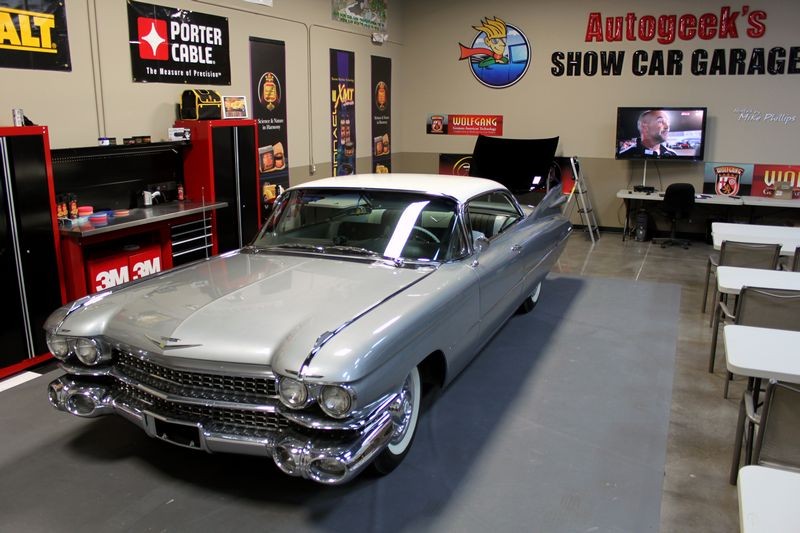AndrewBall
New member
- Sep 3, 2010
- 286
- 0
Ok, Now I know the mechanical differences between the two. Ive been using an old Vector Rotary for a while now. it has never failed me, and does a great job. but its a bulky, heavy machine. Im using 8.5" pads on it. it works great for just about everything (except those hard to reach places)
Everyone always talks about the benefit of the DA being its easier for the less experienced user. I am wondering is it worth picking up a PC DA or other model to add to my collection. Would it be better suited for applying those final stages of cleaners and waxes then firing up my rotary?
my main question is. can a DA make my life easier? my rotary is a monster and i dont mind using it. its of those "if its not broken dont fix it" situations. I am just wondering if it will allow me to work faster and more efficiently then using a rotary for finishing. Obviously for scratch and oxidation removal ill use my rotary because of the power. Also for any wet sanding correction. Is there any downsides to using a rotary from start to finish? Can it leave swirls that I am not seeing until weeks after the waxes break down and wear off? Does the increased heat
im basically looking for all the pros and cons of the two. aside from the fact that its easier to use for less experienced users. Ive never done anything to a car with my rotary. I dont plan to start. Although i know anything can happen.
I just cant decide do I buy the PC DA intro pad kit or do i just get some more pads for my rotary and some other little things i need and just move on. Im having a hard time springing for the DA since Ive had nothing but great results from my rotary
Thanks guys.
Everyone always talks about the benefit of the DA being its easier for the less experienced user. I am wondering is it worth picking up a PC DA or other model to add to my collection. Would it be better suited for applying those final stages of cleaners and waxes then firing up my rotary?
my main question is. can a DA make my life easier? my rotary is a monster and i dont mind using it. its of those "if its not broken dont fix it" situations. I am just wondering if it will allow me to work faster and more efficiently then using a rotary for finishing. Obviously for scratch and oxidation removal ill use my rotary because of the power. Also for any wet sanding correction. Is there any downsides to using a rotary from start to finish? Can it leave swirls that I am not seeing until weeks after the waxes break down and wear off? Does the increased heat
im basically looking for all the pros and cons of the two. aside from the fact that its easier to use for less experienced users. Ive never done anything to a car with my rotary. I dont plan to start. Although i know anything can happen.
I just cant decide do I buy the PC DA intro pad kit or do i just get some more pads for my rotary and some other little things i need and just move on. Im having a hard time springing for the DA since Ive had nothing but great results from my rotary
Thanks guys.
